Coating dialysis tubes with a water-repellent material leaves red blood cells unscathed
Coating plastic pipes with a superhydrophobic material can reduce the damage to red blood cells during extracorporeal circulation, according to biomaterials scientists from Singapore.
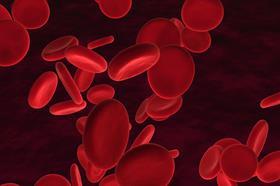
In extracorporeal circulation, blood is removed from the body and goes through a system of pipes and pumps before being reintroduced into the body. The procedure is essential during heart surgeries, when patients are connected to a heart–lung machine, and for people who require kidney dialysis.
However, extracorporeal circulation can cause haemolysis –red blood cells get damaged and rupture under the shear stresses in the pipes. Scientists have tried to reduce haemolysis by redesigning the pumps, but this makes the blood flow less efficient.
Changquan Lai’s group from the National University of Singapore came up with a simple solution to prevent haemolysis: they coated the inside of the extracorporeal circuit’s plastic tubes with a commercially available water-repellent coating. This reduces the contact between the blood and the pipes’ surface, and, in a simulated system using pig’s blood, significantly decreased the amount of haemolysis.

‘Haemolysis can cause lots of complications to the patient,’ says Carol Howell, a biomedical scientist and expert in extracorporeal therapies from the University of Brighton, UK, who wasn’t involved in the research. ‘Long-term it can cause anaemia, fatigue, jaundice, kidney failure, and within the blood itself you can get hypercoagulation [blood clotting disorder], bleeding, thrombosis etc.,’ she explains. This limits the amount of time a patient can be kept connected to a heart–lung machine. ‘So there’s a lot of interest in trying to reduce the amount of haemolysis in extracorporeal circuitry,’ Howell adds.
‘By bringing together this collective knowledge of non-wetting coatings or materials on biomedical technology, we can drastically improve the medical treatment of patients,’ says Lai. This does not just apply to extracorporeal circuitry, but ‘there is also real interest in producing surfaces which are repellent to bacteria, so this could be another really useful application’, states Howell.
Lai and his colleages now plan to further test the coating to make sure that it is biocompatible, safe and cost-effective, and ensure that it doesn’t crack when used in elastic tubes.
References
This article is free to access until 01 September 2016
C Lai et al, RSC Adv, 2016, 6, 62451 (DOI: 10.1039/C6RA12376G)
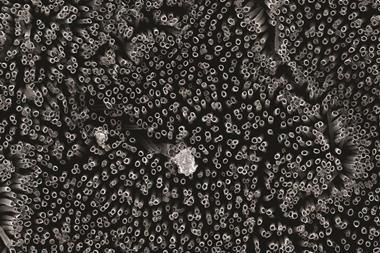
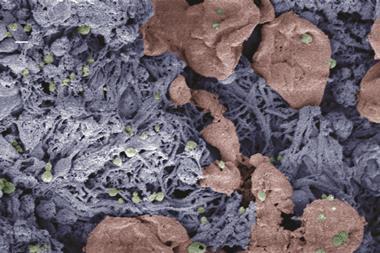
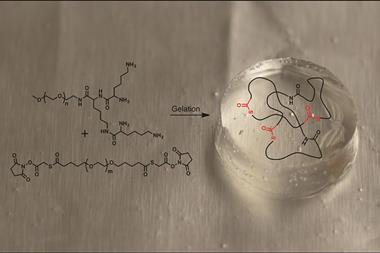
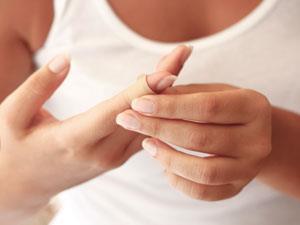
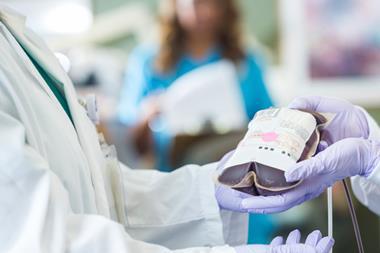







No comments yet